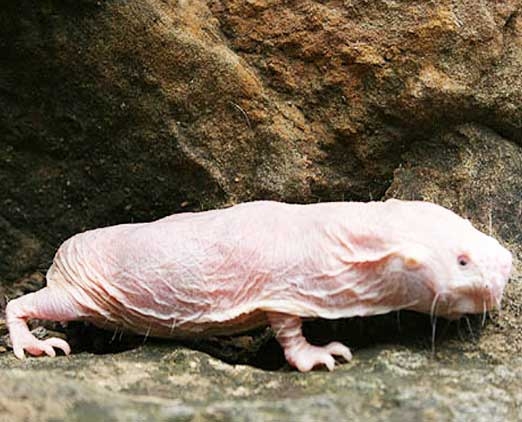
Mole rats provide an insight as to how brain cells could survive and recoup under severe conditions. Scientists feel this could be path breaking.
Scientists from global universities are studying the phenomenon of brain cells surviving all odds from Mole rats. They have observed that the brain cells in these rats are surviving even in scarce conditions of Oxygen levels. This is rare and if could be adapted in humans would reduce the risk of heart attacks and other major ailments.
University of Illinois, Chicago, biologist Thomas Park and colleagues from the University of Texas Health Science Centre, San Antonio, think the subterranean lifestyle of these rodents may indeed hold clues to keeping brain cells alive and functioning in oxygen scarcity. The key may lie in how brain cells regulate their intake of calcium.
"Normally, calcium in brain cells does wonderful things, including forming memories," says Park, professor of biological sciences at Chicago. "But too much calcium makes things go haywire," he adds, the journal Public Library of Science ONE reports.
Brain cells starved of oxygen can't regulate calcium entry, and too much calcium in the cell is lethal. When a heart attack or stroke prevents oxygenated blood from reaching the brain, brain damage or death results, according to a Chicago statement.
Naked mole-rats, however, are very tolerant to oxygen deprivation, or hypoxia - as are human newborns, whose brain cells have calcium channels that close during oxygen deprivation, protecting the cells from calcium overdose. With age, these calcium channels no longer close, which normally isn't a problem -- except during a heart attack. Naked mole-rats retain a tolerance for oxygen deprivation into adulthood. Park and his colleagues measured calcium entry in brain tissue that had been kept under oxygen-poor conditions.
Park thinks this strategy is an evolutionary adaptation by mole-rats, which live in the hundreds underground in tight, oxygen-deprived conditions. "Imagine 200 mice living in a shoe box buried four feet under the ground - things are going to get bad fast," he said. The researchers think they have identified a novel mechanism for protecting the adult brain in times of oxygen deprivation. Park, who for years has studied naked mole-rats and their unusual adaptations, thinks the latest findings "are just the tip of the iceberg" of what we can learn from the rodents. Their homes are not only oxygen-poor, but rich in carbon dioxide and ammonia -- conditions

























